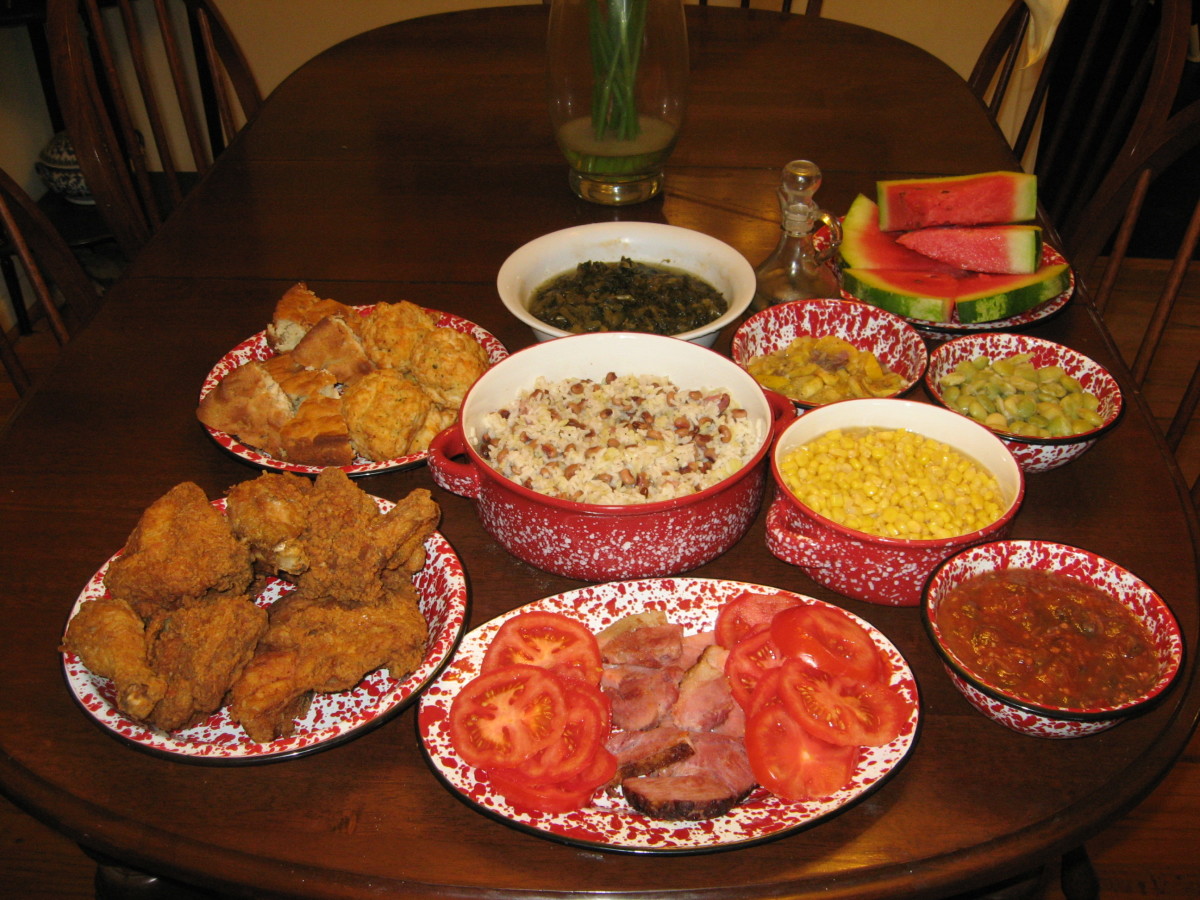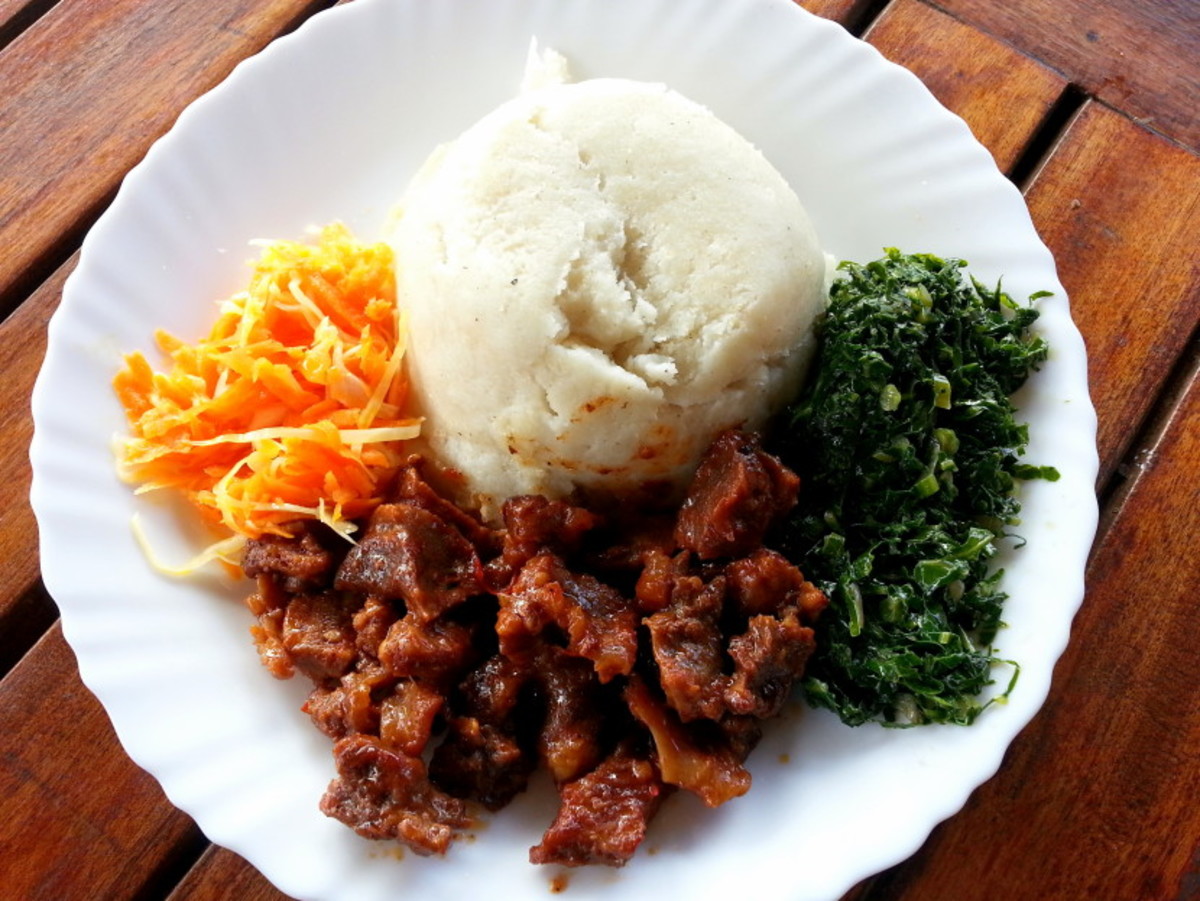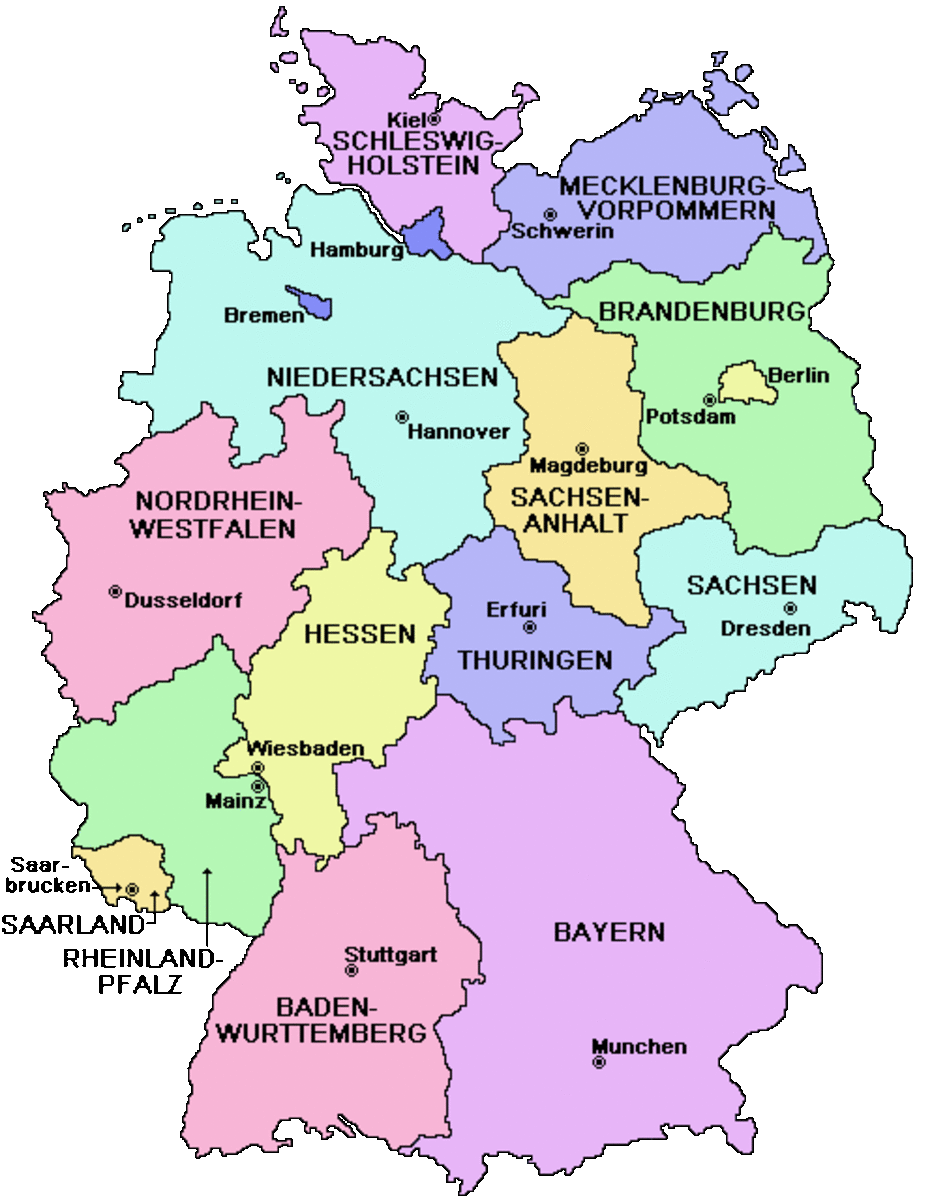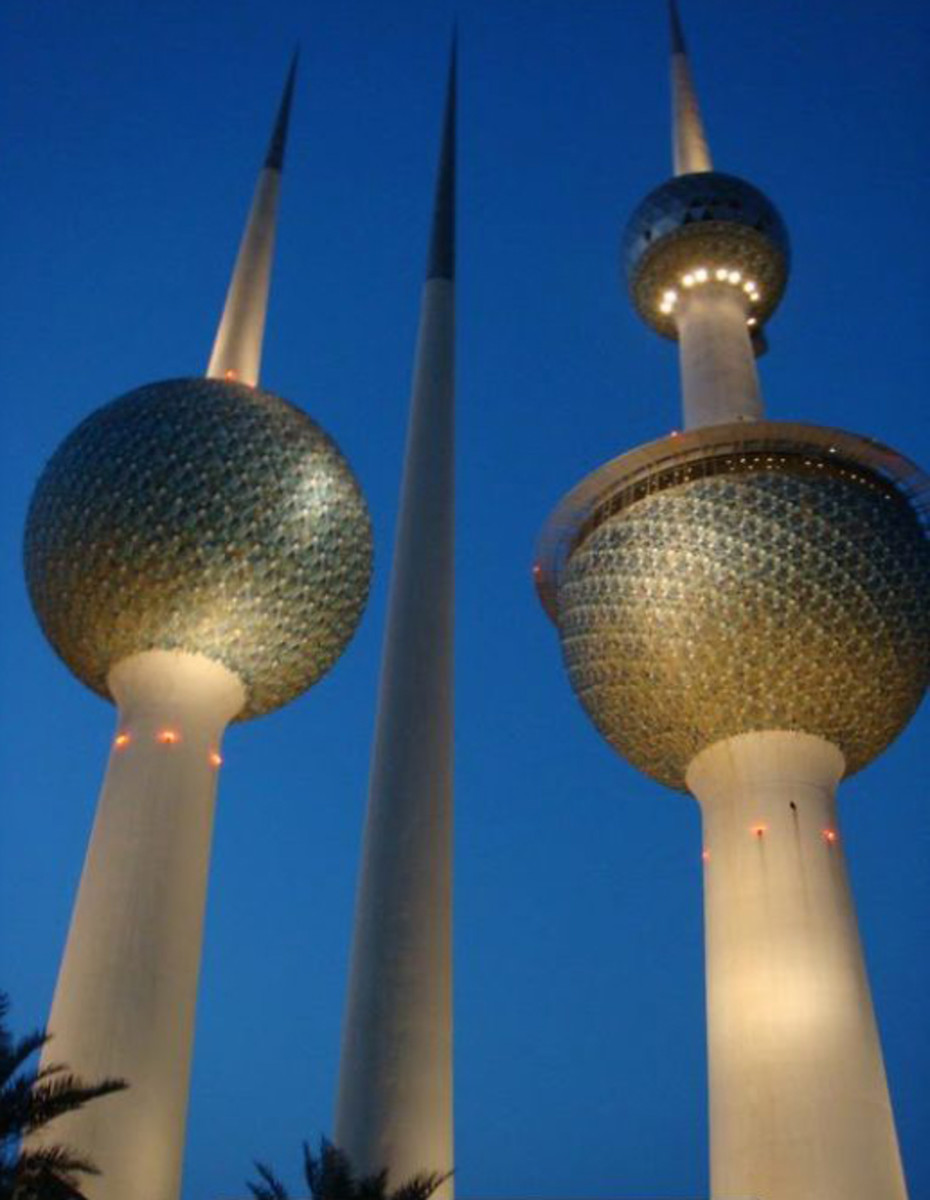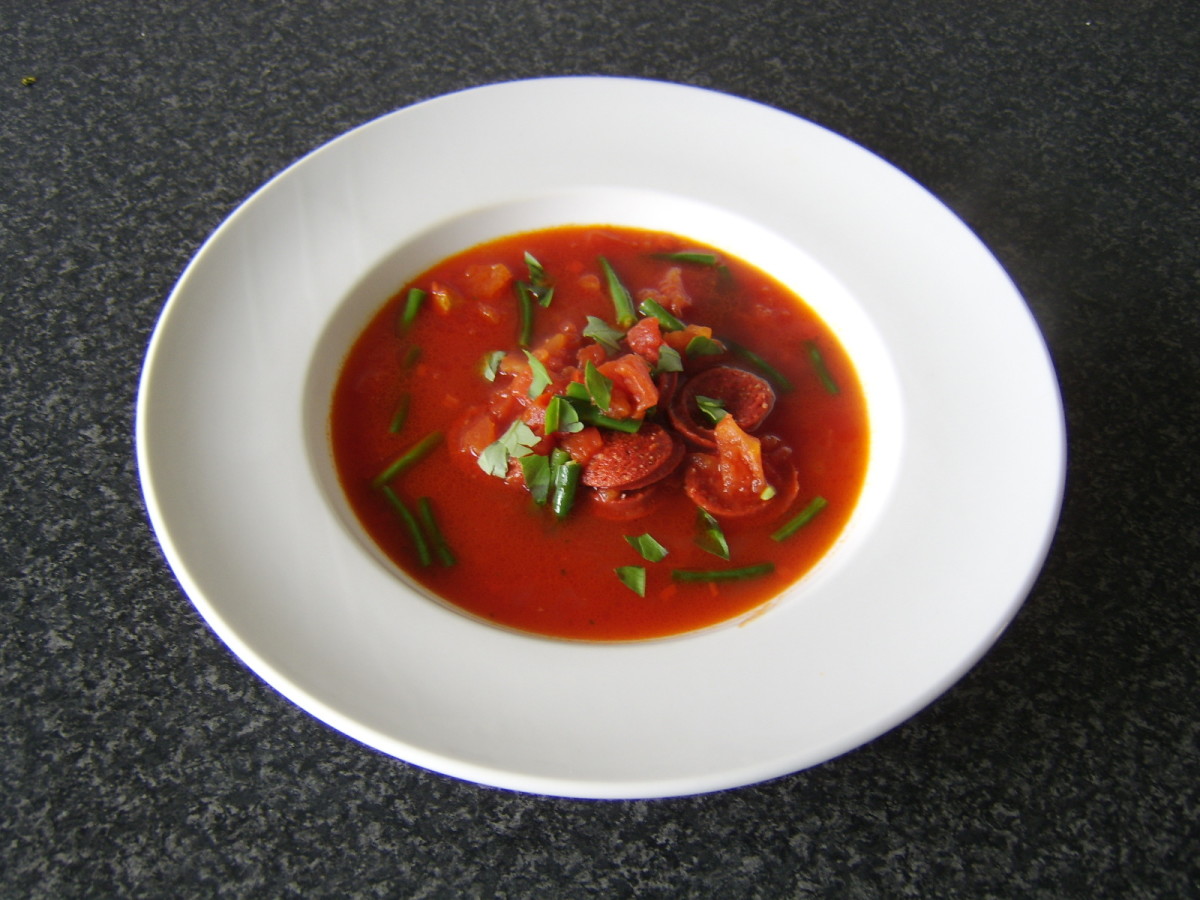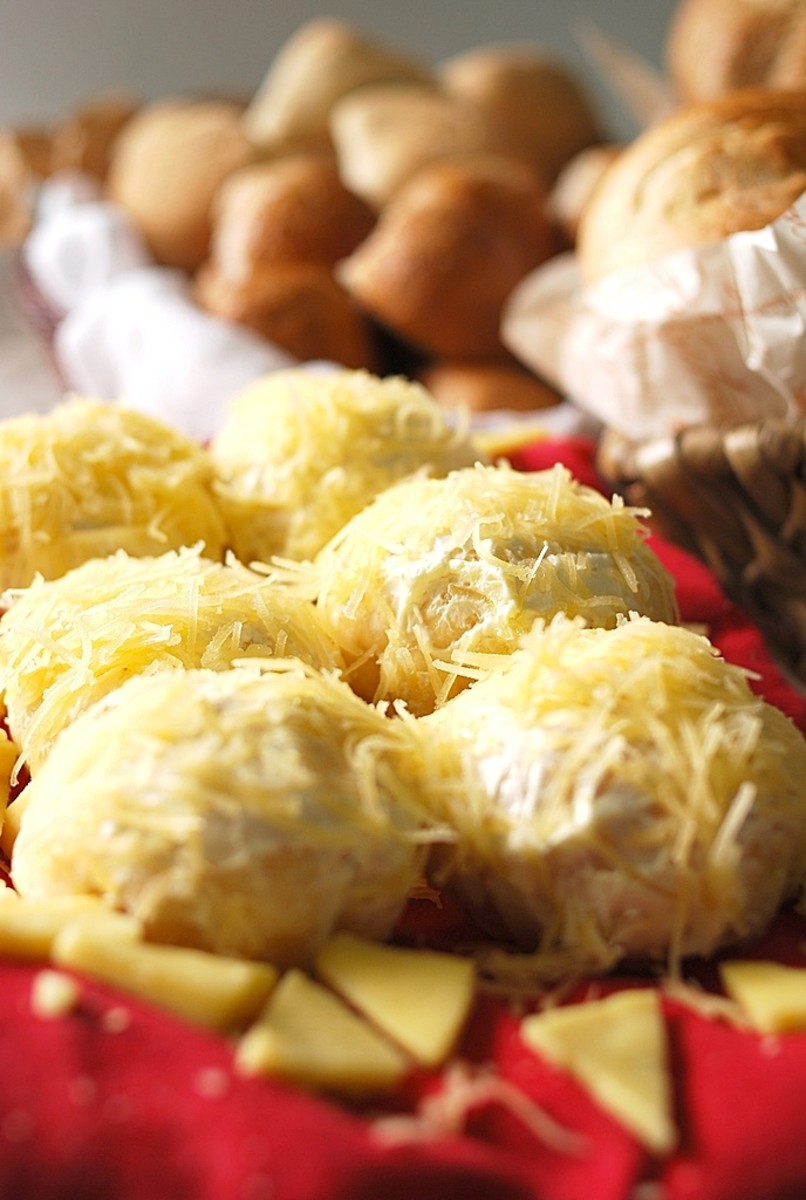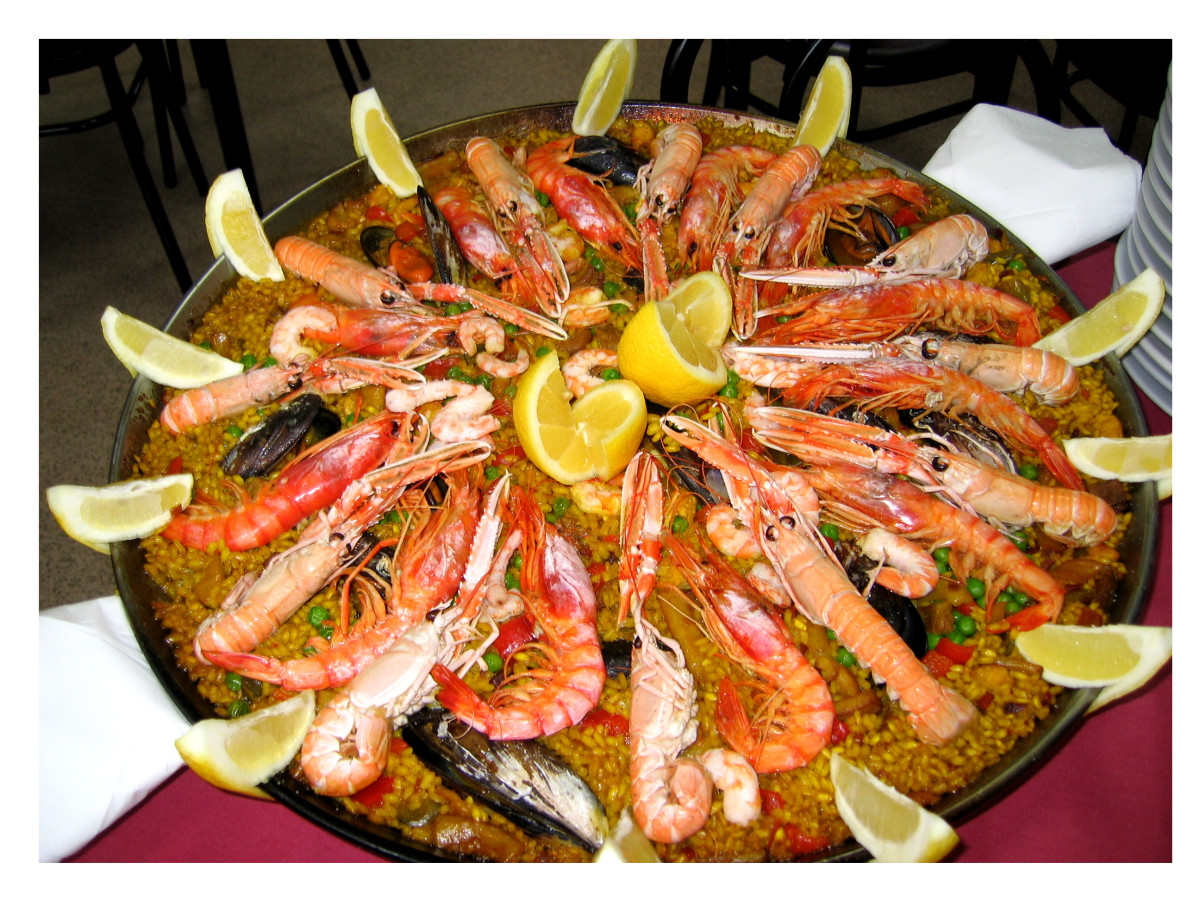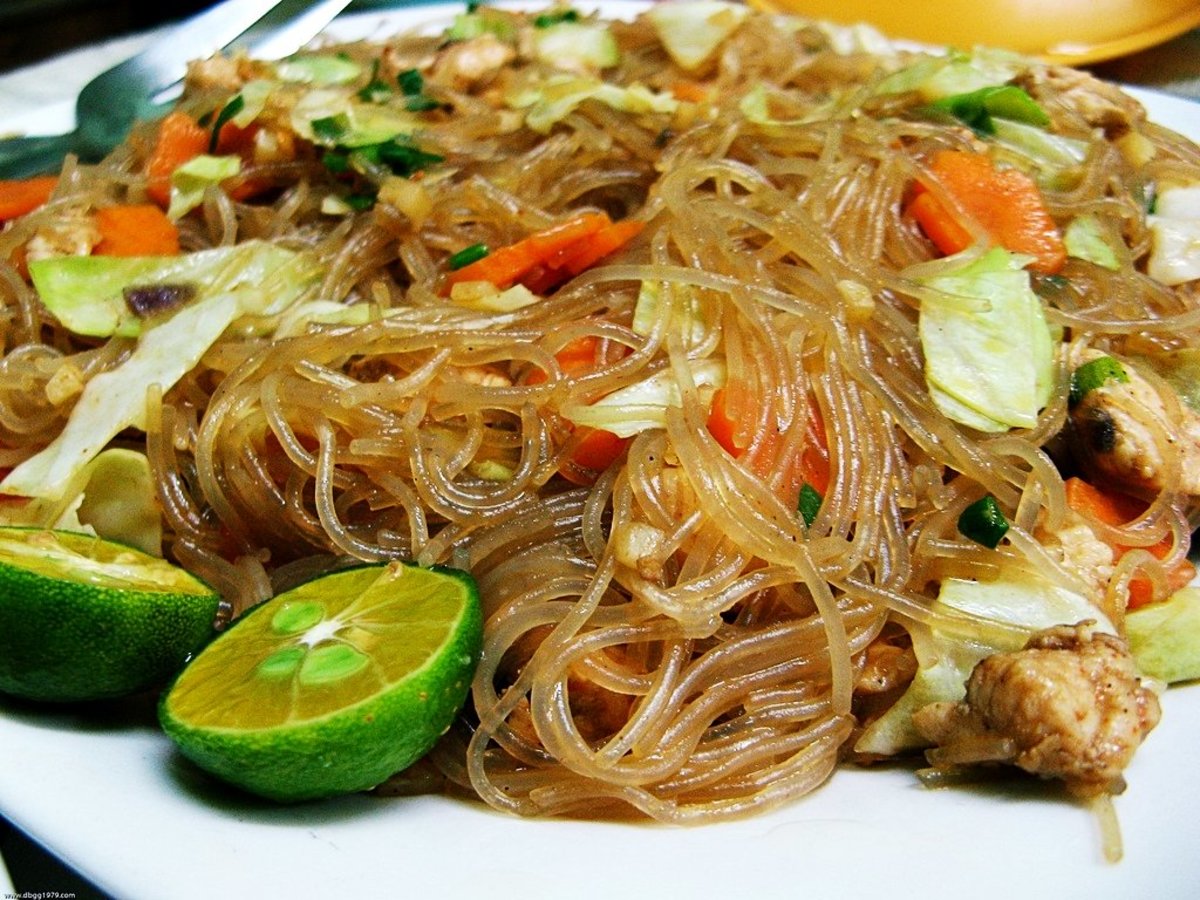Kenya Africa's Treasure -Multi-cultural Cuisine

Kenya Facts of the Country
The English word Kenya means “God’s resting place” because of the fact that Mount Kenya is the highest mountain in Africa and the shared beliefs that the mountain is a sacred, and a holy place. Mount Kenya is an extinct volcano.
The Republic of Kenya Lies along the Indian Ocean at the equator. It encoumpanies 580,000 km². It is bordered by Ethiopia at the north and Somalia to the northeast, Tanzania to the south and Uganda and Lake Victoria to the west.
Sudan lies to the northwest. Kenya has several wildlife reserves containing thousands of animal species. The capital city is Nairobi. Their population is nearly 38 million and very diverse with 40 different cultures represented. The cultures represent Native Africans, Afro-Arabs, Afro-Asians and Afro-Europeans.
Geographic Areas
In Kenya you will find four distinct geographical features with the Great Rift Valley, which runs 5000 kilometers from Jordan to north of Mozambique in the south.
It is surrounded by a ring of eight lakes, some are fresh water and some alkaline, but the bird population is stunning. This is an area of rich land of dense forests and agricultural land.
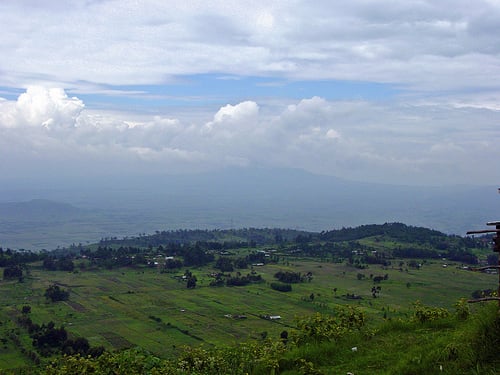
History of Kenya
The principal cash crops are coffee and tea, but the country also grows fruit, vegetables and flowers or the supermarkets for Europe. Another area, which is one third of the country, is arid and semi-arid with very little rain and that is where nomads live. Along the Indian Ocean you will find beautiful silver sandy beaches. A coral reef runs along the entire length of the coast line which protects the country from storms and shark.
The Portuguese arrived in Kenya in 1496, and introduced foods from Brazil such as pineapple, chilies, peppers, sweet potatoes, and cassava, which became local staples. They also brought oranges, lemons and limes from China and India, plus pigs.
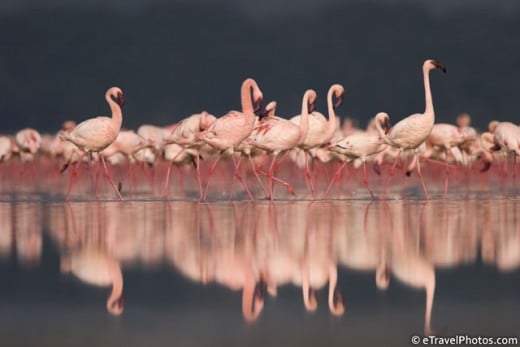
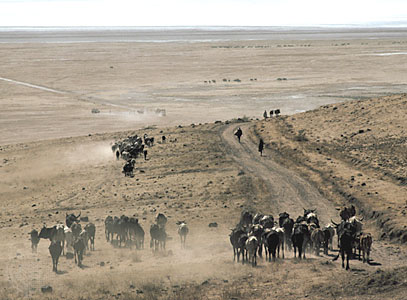
Cattle Herding and European Additions
Cattle herding also has a long history in Kenya, which provides meat, milk, butter and blood. The cattle are primarily in Western Kenya, and drought has affected their herds in recent years.
When the Europeans arrived they brought white potatoes, cucumbers and tomatoes. The British also imported thousands of Indians for labor, which introduced curries (spicy dishes made with curry spice); chapattis (flat, disk-shaped bread made of wheat flour, water, and salt) and chutneys (a relish made of spices, herbs, and/or fruit) became a traditional Sunday lunch for many Kenyans.
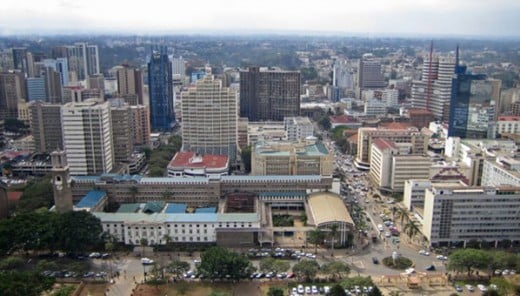
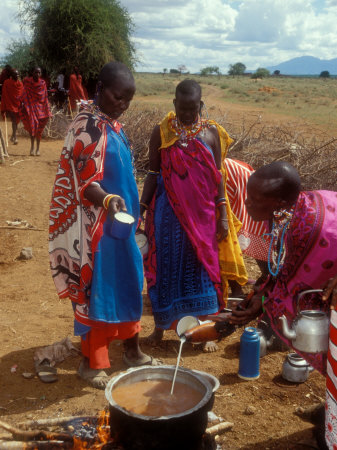
Simple Kenyan Meals
Kenya is a multiracial society. The official languages of Kenya are Swahili and English. Before Kenya became an independent nation in the 1960’s, tribes and communities lived and migrated around the entire eastern African region and as a result many recipes are the same for Kenya, Uganda and Tanzania.
Traditional Kenyan foods reflect these many different lifestyles and cultures. Most Kenyan meals do not require any special tools with the exception of a coffee grinder, inexpensive to make. The main staples are corn, maize, potatoes, okra and beans. Many of their dishes are different types of stew with or without meat. Peanuts are called groundnuts and feature in many dishes from a garnish to peanut soups

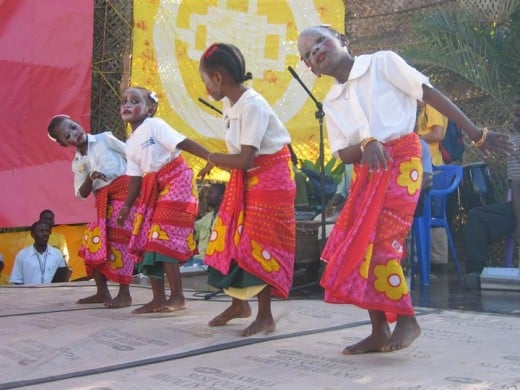
Kenyan Tribes and Their Meals
The Massai, cattle herding people eat simple foods, relying on animal’s (cow and goat) meat and milk. They don’t eat wild game. The Kikuyu and Gikuyu grow corn, beans, potatoes and greens. They mash all of these vegetables together to make into balls and dip them into meat or vegetable stews.
In western Kenya, the people living near Lake Victoria mainly prepare fish, stews, vegetable dishes and rice. Fish is often marinated in tomatoes, ginger and cayenne pepper.
Jamhuri 12 Day Celebration
A very important day for Kenyan people is represented by Jamhuri Day, which celebrates Kenya's independence from Great Britain on the 12th of December, 1963, and the establishment of its republic on the 12th of December, 1964.
Kenyans families express their freedom and gratitude through feasting, dance, parades as a symbol of their unity through this 12 day celebration. Some of the appetizers they serve are: samosas, kale, corn and tomato stew.
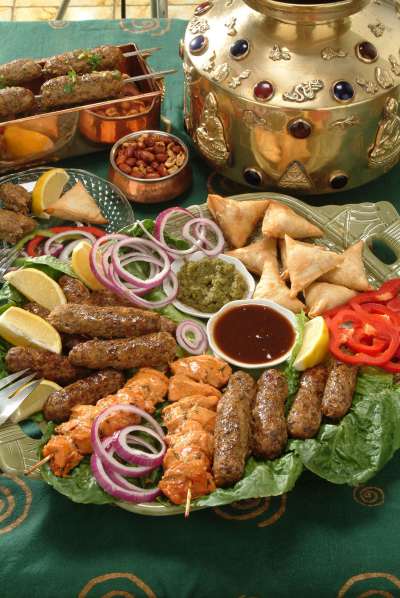
Kenya Safari Holidays Creates Tourism
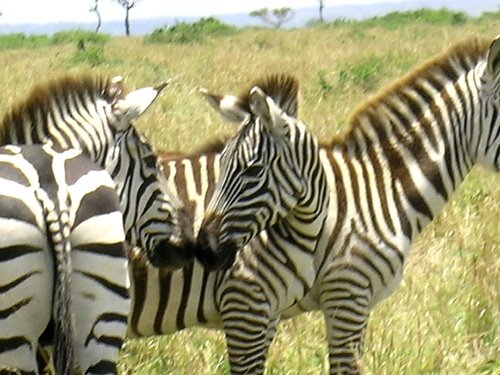
Irio
This is a Kihuyu made form corn and potatoes, which may have some other greens in season. It is boiled and mashed into a paste which is served with grilled meat.
Ingredients:
- 2 cups corn
- 2 cups red kidney beans
- 4 potatoes, peeled and quartered
- 2 cups spinach
- Salt and pepper
Directions:
Place the potatoes into a pot, cover with water, and boil until soft, about 10 to 15 minutes. Set aside.
In a large saucepan, combine the corn, beans, and spinach and cook over low to medium heat until vegetables are soft.
Add the potatoes. Season with salt and pepper and mash the mixture with a fork or wooden spoon.
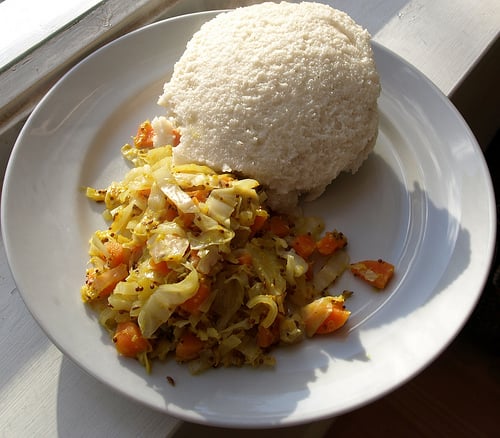
Western Kenya Cabbage and Egg
Ingredients:
- 1 cup water
- 1 small cabbage, chopped
- 1/2 cup vegetable oil
- 2 onions, chopped
- 2 large tomatoes, chopped
- 3 eggs
- Salt, to taste
Directions:
In a saucepan, boil the water and add the cabbage. Cover and cook for 10 minutes.
Drain cabbage, season with salt, and set aside.
Heat the oil in a frying pan and add the onions and tomatoes. Cook over medium heat until soft.
Add the salted cabbage to the frying pan and cook for another 10 minutes, stirring occasionally.
In a small mixing bowl, beat the eggs.
Stir the eggs into the frying pan with the vegetable mixture and cook for about 3 minutes, or until the eggs are thoroughly cooked.
Serve with rice, ugali, or potatoes.
Yield: 2 to 4 servings
Ugali is one of the most common foods in Kenyan cuisine to accompany meats and stews.
Recipe Ingredients:
- 2 cups maize meal, cornmeal or semolina
- 4 cups of water
- Salt and pepper to taste
Directions:
In large saucepan boil the water.
Sprinkle maize meal into boiling water, stirring.
Cook porridge for 20 minutes until it is very thick and smooth.
:
Easy Pork and Cabbage Egg Rolls
Githeri
Ingredients:
- Corn, cut fresh off the cob or frozen -- 3 to 4 ears, or 2 cups
- Cooked beans, any type -- 2 cups
- Water -- to cover
- Salt and pepper -- to taste
Directions:
Add the corn and beans to a large pot with enough water just to cover.
Season with salt and pepper and bring to a boil over medium heat.
Reduce heat to low and simmer until cooked through, 8 to 10 minutes.
Variations:
In Kenya, dried corn and beans are used. The beans and corn are put in a pot with water and simmered for several hours until softened.
Muthokoi: substitute hominy for the corn.
Mukimo: Cook the beans and corn with some chopped potatoes and chopped greens. Mash together well and season with salt and pepper.
Use any kind of beans: pinto beans, kidney beans, cowpeas (black-eyed peas), green peas, groundnuts, pigeon peas.
To give the dish more flavor and texture, add some chopped greens, sautéed onions, cubed potatoes or cassava, stew meat or a little curry powder.
Chapatis
Chapatis are normally used to accompany stews and vegetables
Ingredients:
- 1 Cup white flour
- 1 Cup whole wheat flour
- 1/2 teaspoon salt
- 1 Tablespoon oil
- Water to make the dough
- 1 Tablespoon softened butter or ghee
Directions:
Sift flours and salt together in bowl.
Add oil and enough cold water to make stiff dough.
Knead for 5-8 minutes until satiny and elastic.
Cover with a damp cloth and let it stand 2-3 hours.
Knead again and divide into balls, about 3-4 cm in diameter.
Roll into flat pancakes with oil, butter or ghee.
Place chapati in pan and cook until it begins to puff up.
Press with a spatula to assist the puffing process. This ensures light and fluffy chapatis.
Turn over and repeat the process.
Remove from the pan and place in foil or cloth, spreading butter on top of each chapati.
Serve immediately.
Kenyan Chicken Curry Recipe
Note: The chickpeas need to be pre-cooked or canned ones may be used.
Ingredients:
- 2 large onions, finely chopped
- 2 tbsp. oil
- 1 tsp. cumin seeds
- 1 tsp. mustard seeds (the black kind, if possible)
- 8 medium potatoes, quartered
- 1 and 1/2 tsp. fresh ginger, crushed
- 1 large garlic clove, minced and crushed
- 1 tbsp. ground cumin
- 1 tbsp. whole coriander, crushed
- 2 chili peppers or 1 tsp. cayenne pepper
- 1/2 tsp. turmeric
- 1 tsp. salt
- 4 cinnamon sticks
- 6 cloves
- 4 oz. tomato paste
- 1/2 lb. green beans
- 1/2 of a small cauliflower
- 1 medium eggplant
- 1/2 lb. fresh green peas, shelled, or 1 small package of frozen green peas
- 1 bunch of fresh leafy greens (kale, spinach, collards, etc.), or 1 small package of frozen greens
- 1/2 cup dry chickpeas, cooked (optional)
Directions:
Preheat oven to 350° F.
In a large, heavy skillet or pot, brown the onions in moderately hot oil along with the cumin seeds and mustard seeds.
Add the potato pieces (peeling is optional), and stir to coat each piece with the spices.
Now add the remaining spices and continue to stir for several minutes.
Thin the tomato paste with about 2/3 cup of water. Stir into the pot.
Add vegetables, one at a time, cooking for a minute or so between each addition, and put in the cooked chickpeas last.
If your pot is not oven proof, transfer mixture to one that is.
Cover with a lid or seal with foil and bake for about 45 minutes, checking after the first 20 minutes.
The consistency should be rather thick, but add liquid if necessary to prevent burning.
Stir occasionally to prevent sticking. Serve over rice or with Indian bread.
Yield: 6 servings.
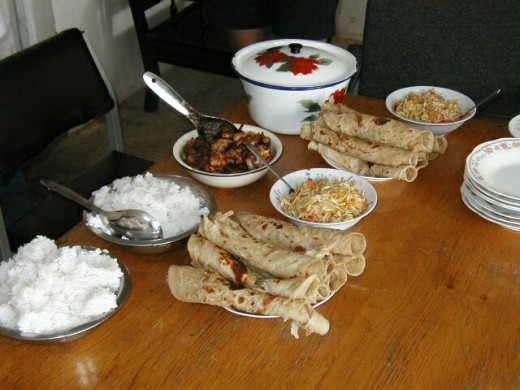
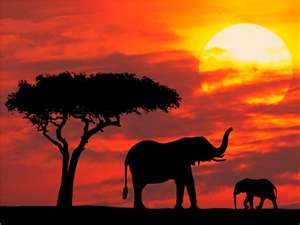
To Summarize
Kenya is a very interesting country, and it is multicultural with numerous tribes with 3 different languages spoken in the country. The terrain meets every extreme with huge dense forest and great farmland. Agriculture is their main economic income. Tourism is lucrative as everything I read about taking an African safari was very positive.
There are too many poor, and it would appear that many go hungry or certainly don't have nourishing food year round. They are a relatively new nation since they did not become a republic until 1964. The people are proud of their freedom, and this is their largest celebration. They are very family oriented and everyone works. I read several articles that spoke of their pride in our American president being half Kenyan.
This content is accurate and true to the best of the author’s knowledge and is not meant to substitute for formal and individualized advice from a qualified professional.

